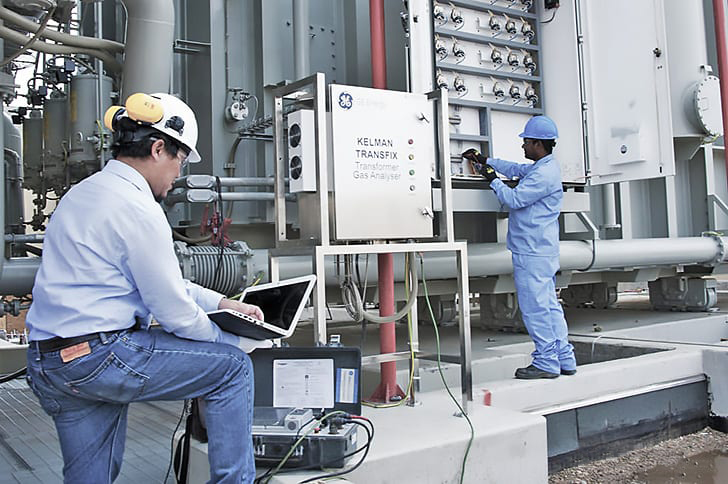Experience Seamless Job Implementation: Engineering Support for Laying Out Engineer Services, Topographical Surveying, and Extra
Experience Seamless Job Implementation: Engineering Support for Laying Out Engineer Services, Topographical Surveying, and Extra
Blog Article
Optimizing Land Use Preparation With Comprehensive Evaluating Solutions
In the world of land use planning, the assimilation of comprehensive checking options stands as a pivotal instrument in fostering informed lasting and decision-making advancement practices. By utilizing sophisticated modern technologies customized for precise data collection and analysis, professionals in the area can browse intricacies in site identification, resource allotment, and ecological factors to consider with enhanced accuracy and efficiency (Topographical Surveying). Nonetheless, the optimization of land usage intending via surveying solutions is not without its challenges, prompting the exploration of innovative strategies to streamline processes and extract important insights for strategic development campaigns. As we dig deeper right into the detailed internet of elements influencing land usage, the importance of extensive checking services emerges as a keystone in shaping the landscapes of tomorrow.
Significance of Comprehensive Evaluating Solutions

Comprehensive evaluating services make it possible for planners to examine the suitability of land for different functions, recognize potential dangers or restraints, and design sustainable growth strategies - Topographical Surveying. By including precise survey information right into land usage plans, authorities can make certain efficient use of resources, reduce environmental effect, and promote lasting financial development
In addition, thorough evaluating options help with stakeholder interaction and cooperation by envisioning proposed land use changes and enabling feedback before application. This positive technique improves openness, promotes neighborhood trust fund, and eventually leads to more successful land usage preparation end results. Fundamentally, the importance of thorough surveying solutions can not be overemphasized in the world of reliable land usage planning.
Advanced Technologies for Land Use Preparation
Utilizing advanced technologies enhances the accuracy and effectiveness of land use planning processes. Advanced technologies such as Geographic Details Equipment (GIS), LiDAR (Light Discovery and Ranging), and remote noticing play a critical duty in contemporary land usage preparation. Engineering surveys. GIS enables planners to assess spatial information, determine patterns, and make informed choices concerning land development. LiDAR modern technology supplies highly exact elevation data, assisting in terrain modeling and flood threat evaluation. Remote sensing, with satellites and drones, supplies in-depth images for checking land changes and analyzing ecological impacts.
Furthermore, Building Information Modeling (BIM) allows organizers to produce 3D versions of structures and facilities, facilitating much better visualization and planning of land usage projects. Artificial Intelligence (AI) algorithms can evaluate huge quantities of data to predict future land usage fads and optimize planning approaches. Additionally, advanced checking tools like drones geared up with high-resolution electronic cameras and LiDAR sensors can rapidly check huge locations with precision, minimizing time and expenses related to typical surveying methods. Integrating these advanced technologies into land use planning processes can cause even more lasting and reliable urban advancement.
Conquering Difficulties in Site Identification

In addition, contrasting interests amongst stakeholders, such as designers, environmentalists, and neighborhood neighborhoods, can make complex the site recognition process. To browse this difficulty, planners must assist in open interaction, cooperation, and settlement to get to consensus on the ideal land use techniques that align with the requirements of all parties entailed.
Moreover, regulatory difficulties, zoning restrictions, and land utilize plans can also impede the site recognition process. Planners require to remain upgraded on appropriate policies, engage with neighborhood authorities, and perform extensive research study to determine sites that satisfy all lawful requirements and conformity standards. By proactively attending to these obstacles, land use coordinators can simplify the site identification process and lead the way for efficient land usage preparation initiatives.
Making Best Use Of Efficiency Through Checking Strategies
Navigating the complexities of website recognition procedures effectively lays a structure for taking full advantage of performance via calculated checking strategies in land usage preparation. By using advanced surveying tools such as drones, GIS technology, and 3D laser scanning, land use planners can improve the data collection process, causing more accurate website evaluations and structured decision-making. These strategies make it possible for organizers to collect exact topographic info, recognize ecological restrictions, and evaluate land suitability with greater speed and precision than typical approaches.
In addition, incorporating checking methods with Geographic Info Solution (GIS) enables the efficient evaluation and visualization of spatial information, helping in the identification of ideal land usage situations. By leveraging these tools, organizers can maximize land use planning procedures, decrease job timelines, and decrease overall costs. Additionally, making use of real-time surveying data enables stakeholders to make enlightened choices promptly, assisting in reliable communication and cooperation throughout the preparation and development stages. Generally, the strategic usage of checking techniques boosts effectiveness, accuracy, helpful hints and cooperation in land use preparation efforts.
Decision-Making Insights for Development
For efficient growth, acquiring useful insights for decision-making is imperative in the realm of land usage preparation. Decision-making insights play a crucial function in shaping the future of rural and urban areas, ensuring lasting development and efficient source allowance. Comprehensive evaluating options provide coordinators and designers with the essential data to make informed decisions that straighten with the long-term objectives of a community.
By leveraging innovative checking strategies such as airborne studies, GIS mapping, and 3D modeling, stakeholders can visualize the prospective influence of growth tasks and assess different situations prior to application. These understandings make it possible for decision-makers to maximize land usage, decrease ecological threats, and enhance overall project feasibility.
Moreover, data-driven decision-making supported by surveying services helps improve the planning process, decrease uncertainties, and boost stakeholder confidence. By incorporating accurate study information right into the decision-making procedure, programmers can determine possibilities, alleviate difficulties, and eventually create sustainable land use prepares that benefit both future and existing generations. To conclude, decision-making understandings stemmed from detailed checking services are vital for driving effective and impactful advancement initiatives.
Verdict
To conclude, enhancing land usage planning with comprehensive evaluating services is crucial for reliable and effective growth. By using innovative technologies and evaluating techniques, difficulties in site identification can be overcome, resulting in far better decision-making insights. This strategy optimizes performance and guarantees that land resources are used in a calculated and lasting fashion. It is vital for successful land usage preparation and development jobs.
In the realm of land use planning, the combination of detailed evaluating solutions stands as a pivotal instrument in promoting notified decision-making and lasting development practices. In essence, the significance of extensive surveying go now options can not be overstated in the world of efficient land use planning.
By proactively attending to these difficulties, land use coordinators can improve the site identification process and lead the means for reliable land usage preparation efforts.
Generally, the calculated use of evaluating strategies boosts performance, accuracy, and collaboration in land usage preparation efforts.
In final thought, enhancing land use planning with detailed checking services is essential for efficient and effective advancement.
Report this page